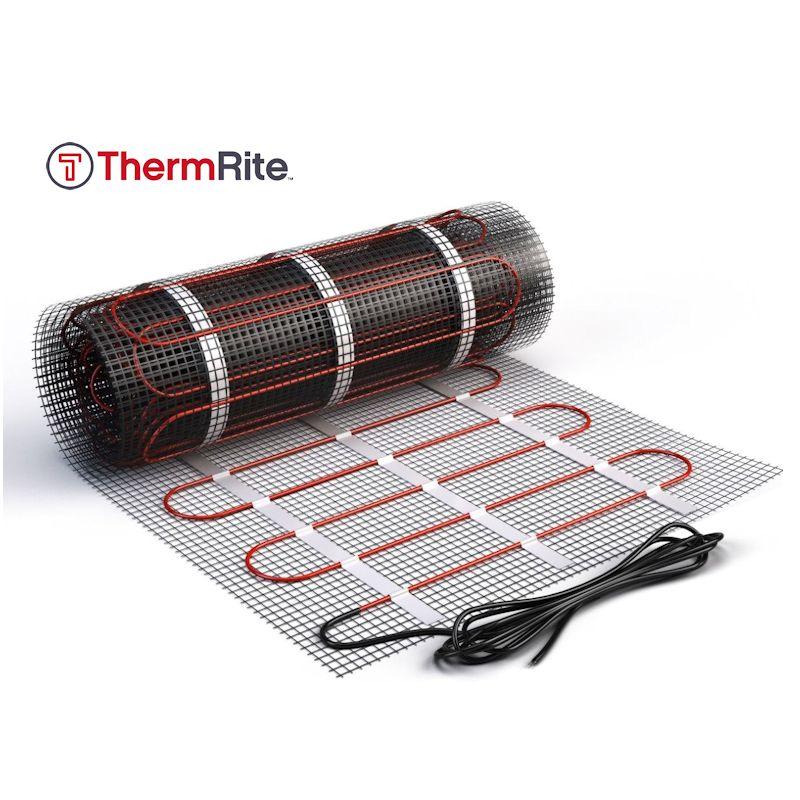Underfloor heating has become a popular heating solution due to its numerous benefits, such as enhanced comfort, energy efficiency, and aesthetic appeal. However, when installing underfloor heating in high heat loss rooms, several important considerations must be taken into account to ensure its effectiveness. This essay will discuss the key factors that need to be considered when installing underfloor heating in such rooms.
Insulation:
One of the crucial considerations for underfloor heating in high heat loss rooms is the insulation of the floor. High heat loss rooms commonly include basements, garages, or spaces with large windows. Without adequate insulation, heat loss to the ground or through poorly insulated walls can significantly reduce the system’s efficiency. Therefore, it is vital to insulate the floors properly to ensure maximum heat retention. This can be achieved by installing a layer of insulation material beneath the underfloor pipes or cables, preventing heat from escaping downwards and improving energy efficiency.
Heat Output Calculation:
Another important consideration is determining the appropriate heat output for the underfloor heating system. High heat loss rooms may require more heating power to compensate for the higher rate of heat loss. Conducting a heat loss calculation specific to the room in question, taking into account factors such as room dimensions, insulation levels, and the desired indoor temperature, will help in selecting the correct underfloor heating system. Oversizing or undersizing the system can result in inefficient heating or unnecessary energy consumption, respectively.
Floor Coverings:
The choice of floor covering is also a crucial aspect to consider when installing underfloor heating in high heat loss rooms. Certain materials, such as thick carpets or tiles with high thermal conductivity, can negatively affect the overall performance of the heating system. Thick carpets act as insulation barriers, preventing heat from dissipating effectively. On the other hand, highly conductive floor coverings, such as stone or ceramic tiles, allow for better heat distribution and quicker response times. Therefore, it is important to select floor coverings with low thermal resistance to maximise the efficiency of underfloor heating in high heat loss rooms.
Control System:
Implementing a suitable control system is essential for efficient operation and comfort in high heat loss rooms. Modern underfloor heating systems offer advanced control options, including programmable thermostats, zone controls, and smart home integration. With these controls, it is possible to regulate different areas or zones individually, ensuring optimal heating while minimising unnecessary energy consumption. Additionally, a well-designed control system can provide temperature adjustments according to occupancy patterns, reducing energy wastage when the room is unoccupied.
Conclusion:
When considering underfloor heating for high heat loss rooms, various factors must be taken into account to ensure an effective and efficient heating solution. Proper insulation, accurate heat output calculations, appropriate floor coverings, and a well-designed control system are among the crucial considerations. By addressing these factors, one can maximise the benefits of underfloor heating while minimising energy consumption and achieving superior comfort in high heat loss rooms.



